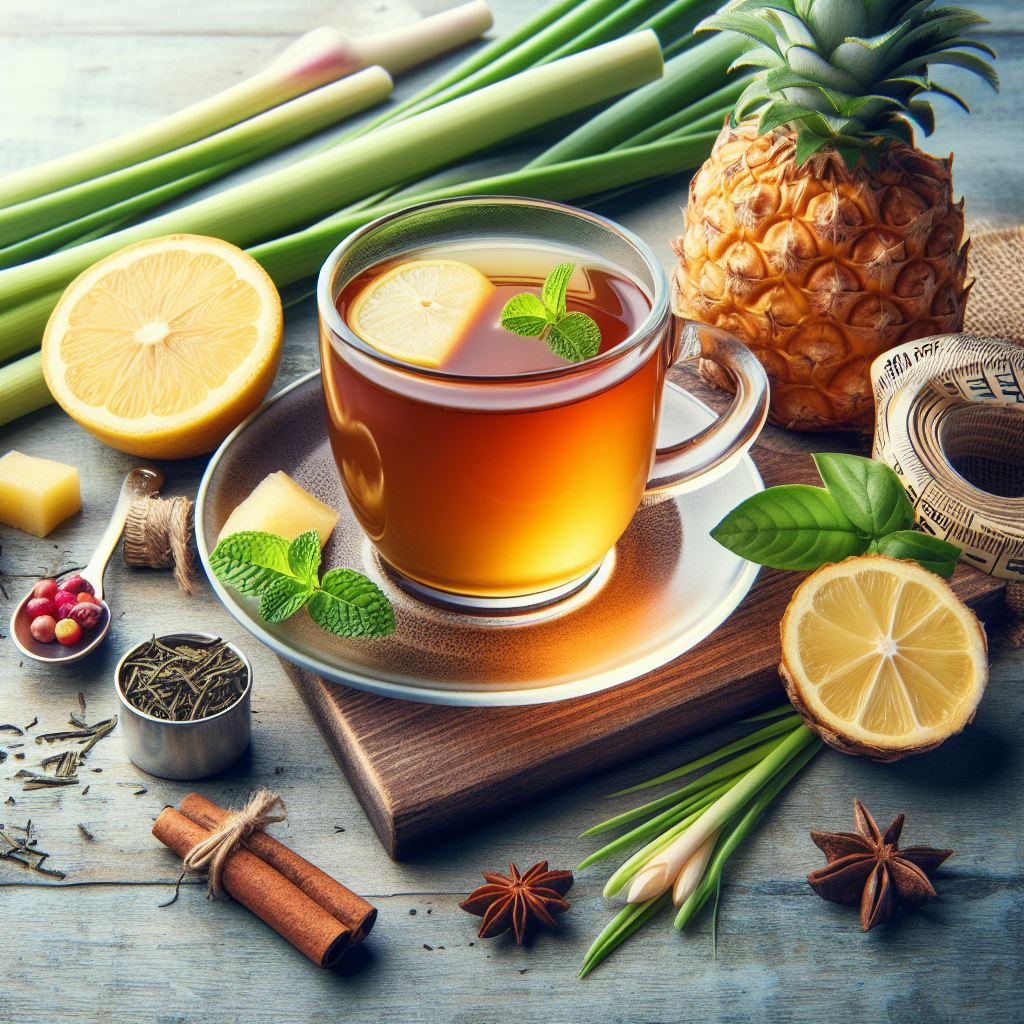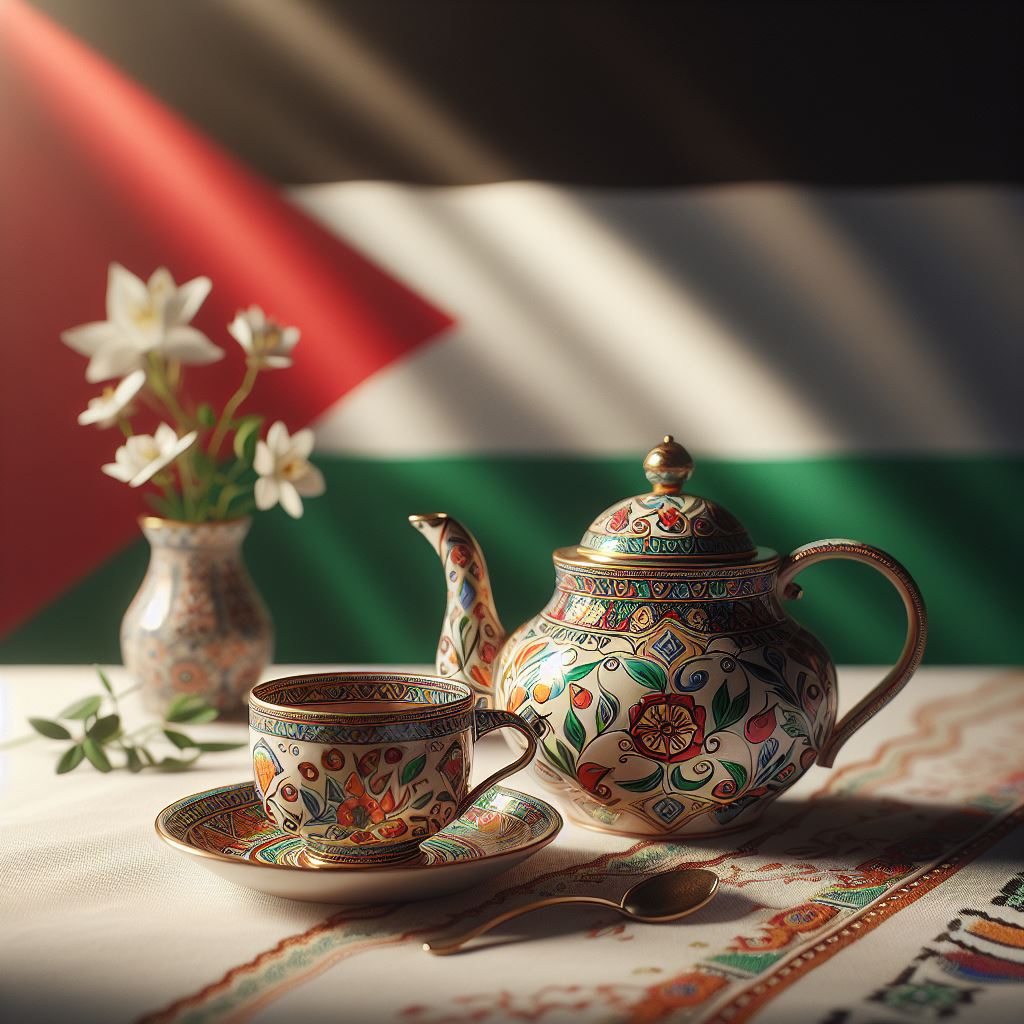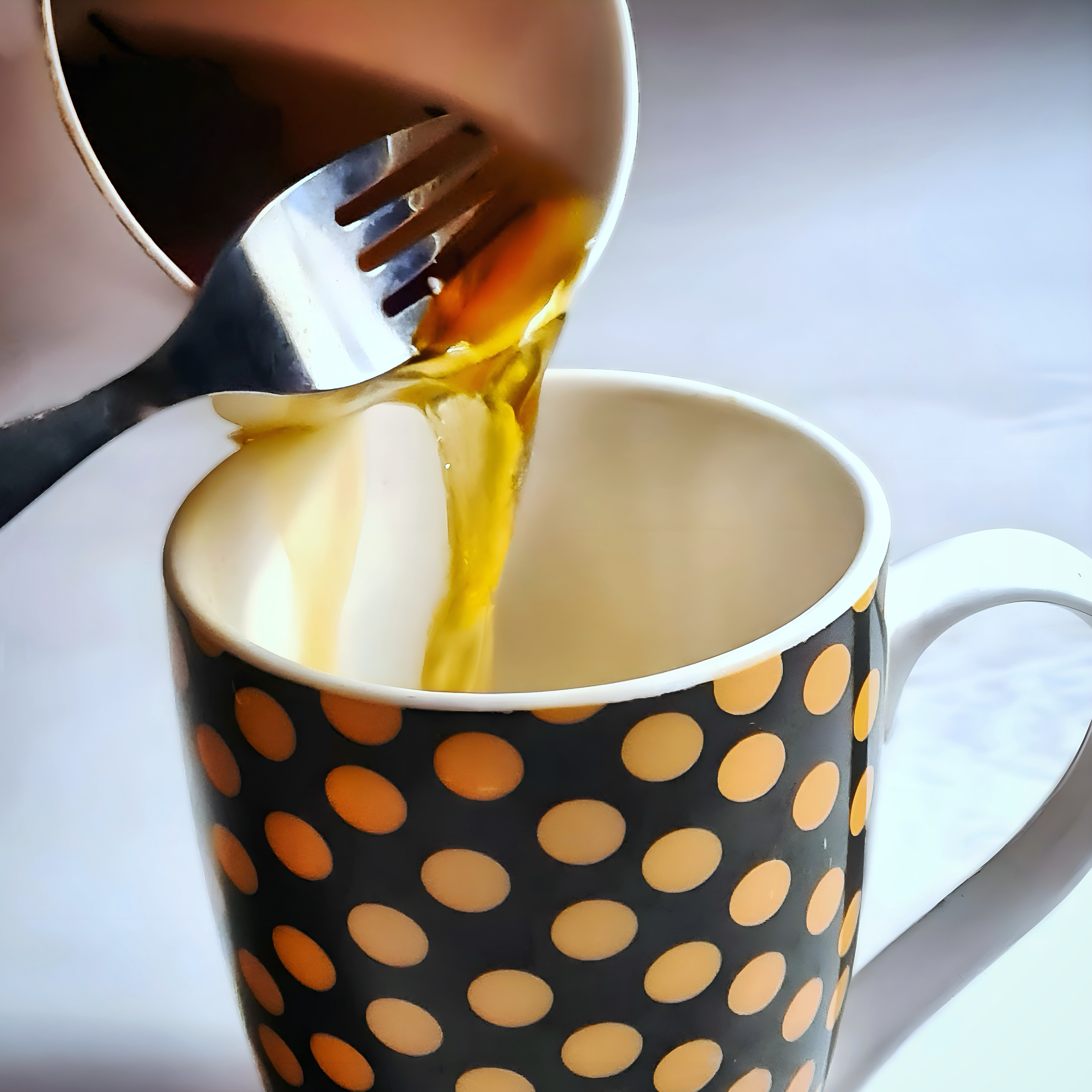Tea is not only a delicious and healthy drink, but also a versatile and sophisticated one. Drinking tea can enhance the flavour and aroma of many foods, from sweet to savoury, from light to rich. Tea can also complement different cuisines and cultures, from British to Japanese, from Indian to Turkish. In this blog post, we will show you how to pair food with tea, what foods go well with different types of tea, and some examples of traditional and modern tea-food pairings from around the world.

What is Tea-Food Pairing?
Tea-food pairing is the art and science of matching tea and food based on their flavour, aroma, texture and intensity. The goal of tea-food pairing is to create a harmonious and balanced experience that enhances both the tea and the food. There are two main approaches on how to pair food with tea: complementary and contrasting.
- Complementary pairing means choosing tea and food that have similar or compatible flavours and aromas. For example, a floral white tea can go well with a light fruit salad, or a smoky black tea can go well with a grilled steak.
- Contrasting pairing means choosing tea and food that have opposite or different flavors and aromas. For example, a sweet black tea can go well with a salty cheese, or a spicy green tea can go well with a creamy dessert.
There are no fixed rules on how to pair food with tea, as different people may have different preferences and tastes. However, there are some general guidelines and tips that can help you make better choices and experiment with different combinations.
What Foods Go Well with Different Types of Tea?
There are six main types of tea: white, green, oolong, black, dark/fermented and herbal. Each type of tea has its own characteristics and flavor profile that can pair well with different foods. Here are some suggestions for what foods go well with different types of tea:
- White tea: This is the least processed type of tea, with a delicate and floral flavor. It pairs well with light and subtle foods, such as seafood, rice, salads, melon or chicken.
- Green tea: This is a lightly oxidized type of tea, with a fresh and grassy flavor. It pairs well with fresh and crisp foods, such as fish, sushi, vegetables, fruit or cheese.
- Oolong tea: This is a partially oxidised type of tea. It has a complex and diverse flavour that ranges from floral to nutty. It pairs well with rich and flavorful foods, such as roasted meats, spicy dishes, nuts or chocolate.
- Black tea: This is a fully oxidised type of tea, with a robust and full-bodied flavor that can be malty, smoky or fruity. It pairs well with strong and hearty foods, such as beef, lamb, curry, bread or cake.
- Dark/fermented tea: This is a type of tea that undergoes fermentation or aging process that gives it an earthy and woody flavor. It pairs well with savory and umami foods, such as mushrooms, cheese, soy sauce or pickles.
- Herbal tea: This is not a true type of tea, but an infusion of various plants, fruits and spices that have different health benefits and flavors. It pairs well with sweet and soothing foods, such as honey, lemon, ginger or mint.
Examples of Traditional and Modern Tea-Food Pairings from Around the World
Tea is a global drink that has been enjoyed for thousands of years in different cultures and regions. Each place has its own traditions and customs of tea drinking and tea-food pairing. Here are some examples of traditional and modern tea-food pairings from around the world:
Great Britain
The most famous tea tradition in Great Britain is the afternoon tea, which consists of a pot of black tea served with scones, clotted cream, jam, sandwiches and cakes. Another popular tea tradition is the high tea, a more substantial meal served with black tea and savory dishes such as pies, quiches or casseroles.
Japan
The most famous tea tradition in Japan is the tea ceremony. It is a ritualised way of preparing and serving green tea, especially matcha, in a serene and elegant setting. The tea ceremony is usually accompanied by wagashi, which are traditional Japanese sweets made from rice flour, bean paste or fruit. Another popular tea tradition is the sencha-do, which is a more casual way of enjoying green tea with snacks such as rice crackers, dried fruits or nuts.
China
The most famous tea tradition in China is the gongfu cha. This is a skillful and elaborate way of brewing and serving oolong tea or pu-erh tea in small cups using a teapot, a pitcher and a strainer. The gongfu cha is usually accompanied by dim sum, which are small bite-sized dishes such as dumplings, buns or pastries. Another popular tea tradition is the yam cha, which is a more relaxed way of enjoying tea with friends and family with various snacks such as cakes, cookies or nuts.
India
The most famous tea tradition in India is the masala chai, which is a spiced black tea boiled with milk and sugar. The masala chai is usually accompanied by savory snacks such as samosas, pakoras or parathas. Another popular tea tradition is the kulhad chai, which is a black tea served in a clay cup with jaggery or sugar. The kulhad chai is usually accompanied by sweet snacks such as jalebis, ladoos or halwa.
Turkey
The most famous tea tradition in Turkey is the çay, which is a strong black tea brewed in a double kettle and served in small tulip-shaped glasses. The çay is usually accompanied by savory snacks such as börek, simit or cheese. Another popular tea tradition is the apple tea; a herbal infusion made from dried apples, cinnamon and cloves. The apple tea is usually accompanied by sweet snacks such as baklava, lokum or kadayif.
How to Pair Food with Tea: A Guide for Tea Lovers
Tea-food pairing is a fun and creative way to enjoy your favorite teas and foods. You can experiment with different combinations and discover new flavors and aromas. You can also learn from different cultures and traditions and appreciate the diversity and beauty of tea. Whether you prefer complementary or contrasting pairings, light or rich foods, traditional or modern dishes, there is a perfect pairing of tea and food for you. So grab your teapot and your plate and start your tea-food adventure today!
If you enjoyed reading this, you may find some of our other articles interesting:
- The Art of Re-Steeping: How to Enjoy Multiple Cups of Flavour
- How To Strain Loose Leaf Tea Without a Strainer: 7 Easy Methods
- Top 10 Unusual Teas That Will Blow Your Mind
- The Best 5 Morning Tea Recipes for Winter
- How to Make Cucumber Mint Tea (ICED): A Zesty Summer Drink
Sources:
What to Serve with Tea? 7 BEST Side Dishes & Treats.
What Goes Well With Tea? Take A Lesson From These





Leave a Comment